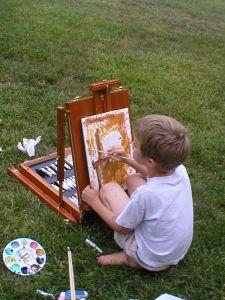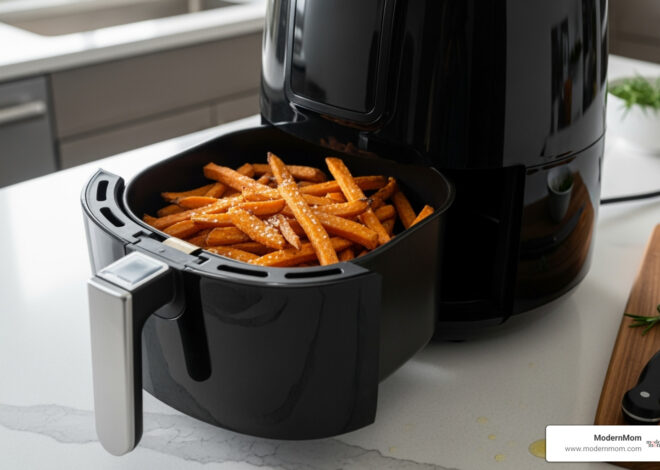Painting is one of those childhood activities that allows children to be creative and messy without worry. Beyond just colors and shapes, painting encourages children to use the right sides of their brains. The left side of the brain controls logic, linear thought and analysis and the right side of the brain is where spatial relations, creativity and a focus on the bigger picture take place. Encouraging children to paint not only increases their creative abilities, it also sets them up for a future where, according to some thinkers and writers, including Daniel Pink, the right side of the brain is becoming increasingly important in the workplace and in the world.
Finger Painting
Painting with fingers is one activity young children enjoy. Finger paints are paints which have a gel-like texture, and they rub onto paper smoothly when applied with fingers. Finger paints are too thick and slick to stick properly to a brush. Use a plastic palette or a disposable paper plate to pour out some finger paint colors. If you leave the paints in the jars, they will quickly become messy and morph into a rainbow of brown. Ask the child which colors they would like to use and place each color on the plate. Cover a table with an old sheet, wax paper or large paper to protect it. Let the child wear an art smock or one of dad’s old t-shirts. Have paper towels or wipes handy. Dip your finger into the paints and dot the paint on paper. The child will copy you. Draw shapes or blend colors on the paper. Children enjoy making palm prints with paint–try a couple. Not all young children like the texture of the paint on their fingers the first time. Early finger painting could also be done with chocolate or colored pudding.
Experimenting with Brushes
Children may handle paintbrushes more easily than they handle writing utensils. Paintbrushes may be precursors to teaching children how to grasp small handles for making lines on paper, but the grip does not have to be precise as it does with handwriting. Purchase a selection of foam brushes, wide brushes, round brushes and flat brushes. Consider using cheap house painting brushes, which sometimes cost less than brushes made for artwork. Set out paint for the child, including poster paint or any non-toxic jar paint for kids. Give kids a big piece of paper. Consider purchasing or making an easel to allow the child to work on a vertical plane. Show them how to dot or drag the paint on the paper. Kids’ first paintings may be of family members, pets, or may depict their current interest, whether it’s trains or horses. For older children who are learning to write, switch to watercolors and smaller paint brushes. Drip water onto each color before the child starts. Show the child how to rinse the brush between colors.
Painting Objects
Paint three-dimensional objects with children. Children enjoy painting on rocks, and you can use that as an excuse to go outside and take a walk together. Try painting on sticks, shells or other objects. Brush off any dirt or debris, and wash and dry rocks before painting them. Give children paper plates or paper towel tubes to paint, and make arts and crafts with them. Make or buy small wooden objects including bird houses, cars or door hangers. Painting on objects gives children the freedom to explore paint and spatial objects without having to worry about painting in any lines. Use poster paints or any heavy-bodied paints. Before displaying a painted rock outside in the garden, coat it with acrylic glaze to protect the paint.





